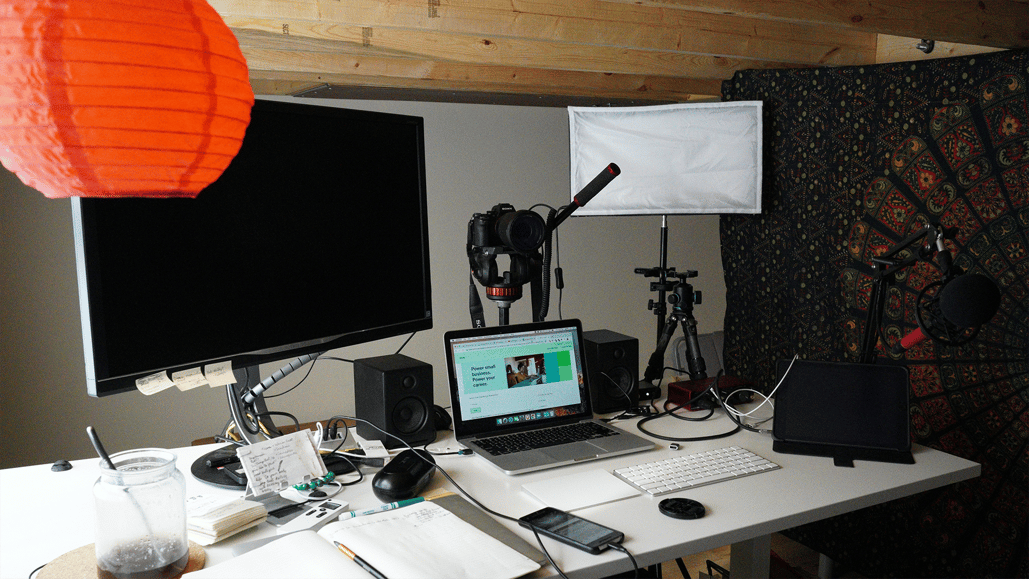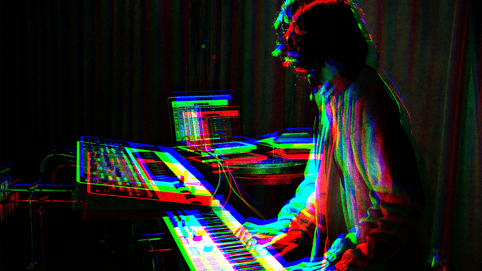With the barriers of extreme buffering now gone, the rise of live streaming and instant content creation is becoming increasingly popular and the norm for brands and creators alike.
There is still traditional content and media to explore, yet if you’re a creator, brand, or agency looking to stay as connected as possible with your audience, then live streaming—or at least some sort of hybrid live and produced content—experiences are the way to go.
Yet, despite how easy it is to pick up a phone or camera these days and go live, there are a lot of complexities that go along with it. One of the biggest challenges with live streaming is music, and specifically, how to properly license music for your streams and live experiences. Much of this comes down to understanding copyright public performance rules that apply whenever music is used in a live environment.
Let’s go over everything you need to know about public performance rights and how music licensing for live streaming works these days.
Understanding public performance rights (PPR) in live streaming
For those unfamiliar with the term, public performance rights (PPR) refer to the legal music rights creators, brands, or agencies need to secure to publicly perform or use copyrighted music in live streams.
Public performance rights are related to, but distinct from, standard sync and mechanical licenses. While sync and mechanical rights must be secured to use music in films, television shows, podcasts, digital ads, and other content, public performance rights cover a separate area of licensing.
Simply put, public performance rights for music help ensure that songwriters, artists, and music publishers are compensated when their works are performed in public, which includes live streaming.
If music is playing in your live streams, it must be properly licensed, or else you could face copyright infringement issues.
How does music licensing for live streaming work on different platforms?
If you’re still a bit confused about the different music copyrights and how live-stream music licensing rules apply, it can help to understand how these issues are handled on some of the more popular live-stream platforms.
It's important to note that when live streaming, you need both the PPR and the sync rights. Most platforms that you live stream on (YouTube, Twitch, etc) have public performance licenses in place with a performing rights organization (PRO), such as ASCAP, so you can focus on obtaining the sync rights.
For example, Twitch—which is by far one of the most popular live streaming platforms in the world—clearly outlines that streamers should “only include music in your Twitch channel if you’re sure you have the necessary rights or authority to do so,” in its music guidelines.
Using unauthorized music on Twitch, or any other major live streaming platform, may result in a rights holder sending a takedown request under the Digital Millennium Copyright Act (“DMCA”) or similar laws or through a separate contractual process.
If a rights holder sends a platform a takedown request against content you’ve used, it can result in enforcement against your accounts, potentially leading to restricted, muted, or terminated channels.
Here’s a helpful guide on how to use copyrighted music on Twitch specifically.
The risks of using copyrighted music without proper clearance
Now, let’s discuss some common misconceptions that many brands and creators have about using copyrighted music in their live streams. The biggest misconception is that using music in the background of your live stream is fine. This isn’t true.
Even if the music is just in the background of your live stream, you, as the creator, are still liable for real consequences like takedowns, muted streams, and channel strikes for not properly licensing said music.
This is why many live streamers are cautious about streaming in public places—such as restaurants, coffee shops, or concerts—because if copyrighted music is playing in the background and captured in their stream, they can still be held liable.
Many live streaming platforms, such as Twitch, YouTube, and Facebook, have auto-detection systems that can flag any music or audio being used in a stream and scan to check if it is copyright-protected.
Soundstripe’s all-in-one music licensing solution
So, how does one properly license music for their live streams, you ask? Well, lucky for you, the answer is quite simple. If you license music with trusted music licensing websites like Soundstripe, you’ll have peace of mind knowing you have the rights to use the song and you won't get hit with any claims, assuming the platform you're streaming on has obtained the license from a performing rights organization.
The importance of respecting music rights in your live streams
At the end of the day, music licensing copyrights are here to protect the musicians, artists, and publishers. If these copyright guidelines didn’t exist, it would be much harder for musicians to protect their work and support their art and creativity.
If you want to live stream with zero worry of copyrights and licensing concerns, Soundstripe’s royalty-free music will always be your best bet. And always double-check that the platform is licensed with a PRO.
Sign up for your very own Soundstripe account here today.
For more insights into how to properly license music for live streams and other forms of video content, check out these additional articles from the Soundstripe blog below.
- The Best Royalty Free Music For Streaming: Top 10 Trending Tracks for your Live Streams, and How to Use Them
- Navigating Music Licensing Costs with Clients: A Guide for Creatives
- The Business of Music Licensing, and Why "Royalty Free Music" Doesn't Need to be a Bad Word
- The Best Royalty Free Music for YouTube Live Streams - 10 Perfect Tracks for Every Streaming Genre
- Premiering vs. Live Streaming Services For Church Video Production





